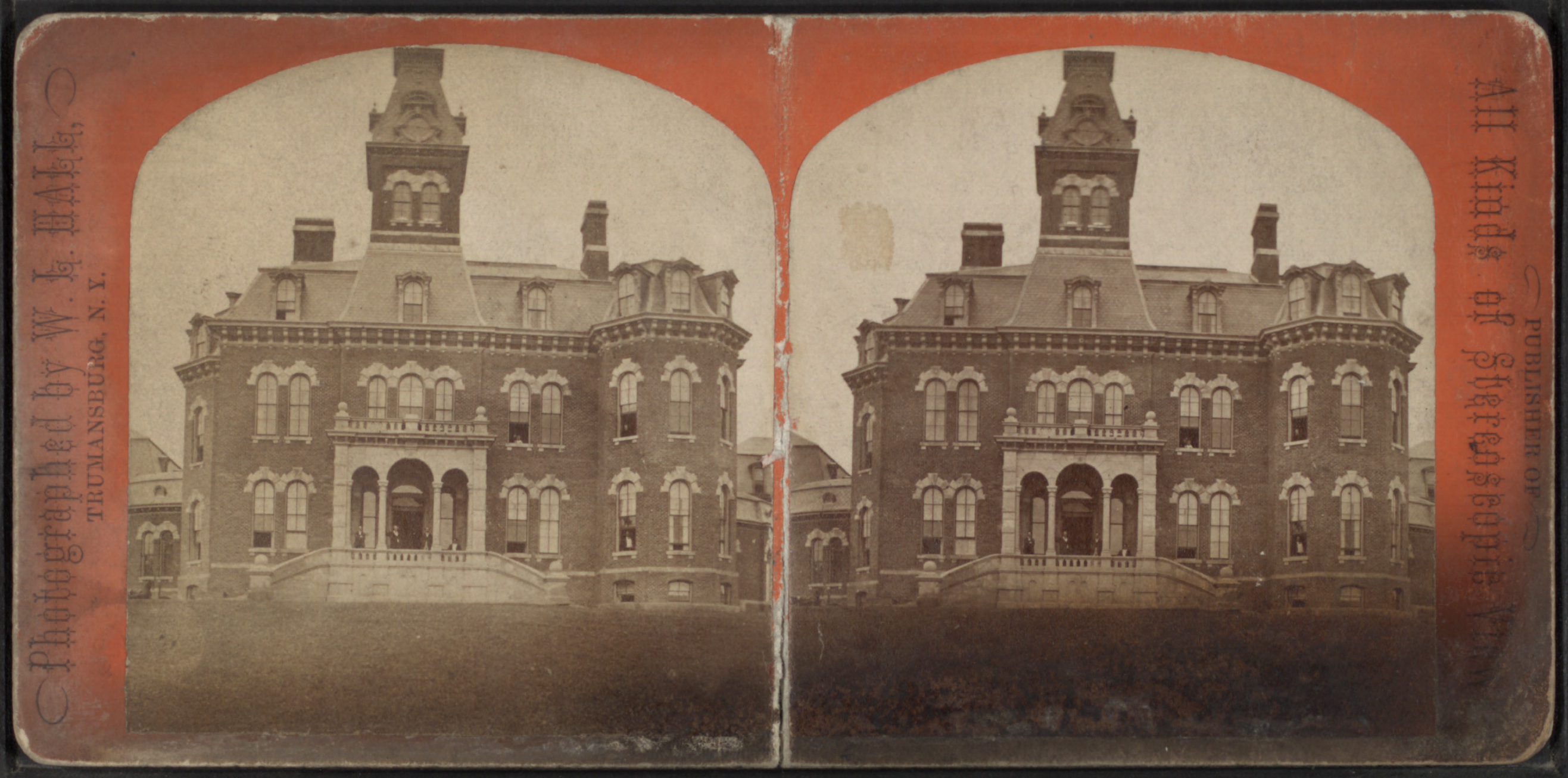Main Content
Lesson 1: Abnormal Behavior
Mental Asylums in America
The growth of cities in America led to the need for mental asylums, which were an example of good intentions that went bad (Benjamin & Baker, 2004). Families had difficulty caring for the mentally ill and so they transferred care of the mentally ill to public institutions.
The first American mental asylum opened in Philadelphia in the 1750s (Benjamin & Baker, 2004).
Asylums got larger and larger as demand grew and the moral therapy of Pinel eventually became too difficult to apply because of overcrowding in asylums. By the late 1800s mental asylums became like warehouses for mentally disturbed people, and in 1869 Willard State Hospital in New York was the first hospital specifically designated for chronic cases. Asylum admissions went up approximately 830% across the 19th century (Benjamin & Baker, 2004). Hospitals were eventually forced to release patients who were not cured simply due to lack of room.

The deplorable conditions in mental asylums combined with revolutionary new drug treatments led to John F. Kennedy signing the 1963 Community Mental Health Centers Act into law (Benjamin & Baker, 2004).
Once again, this was good intentions gone awry. The 1963 Community Mental Health Centers Act was ultimately a failed attempt to improve care for the mentally ill by allowing their families to take care of them while they received services at an outpatient community mental health center. The problem with this is that many of the patients were abandoned or forgotten by their families and thus had nobody to turn to, so the act ended up swelling the ranks of America’s homeless and the effects of this are seen to this very day as a large proportion of homeless individuals are mentally ill (Benjamin & Baker, 2004).
